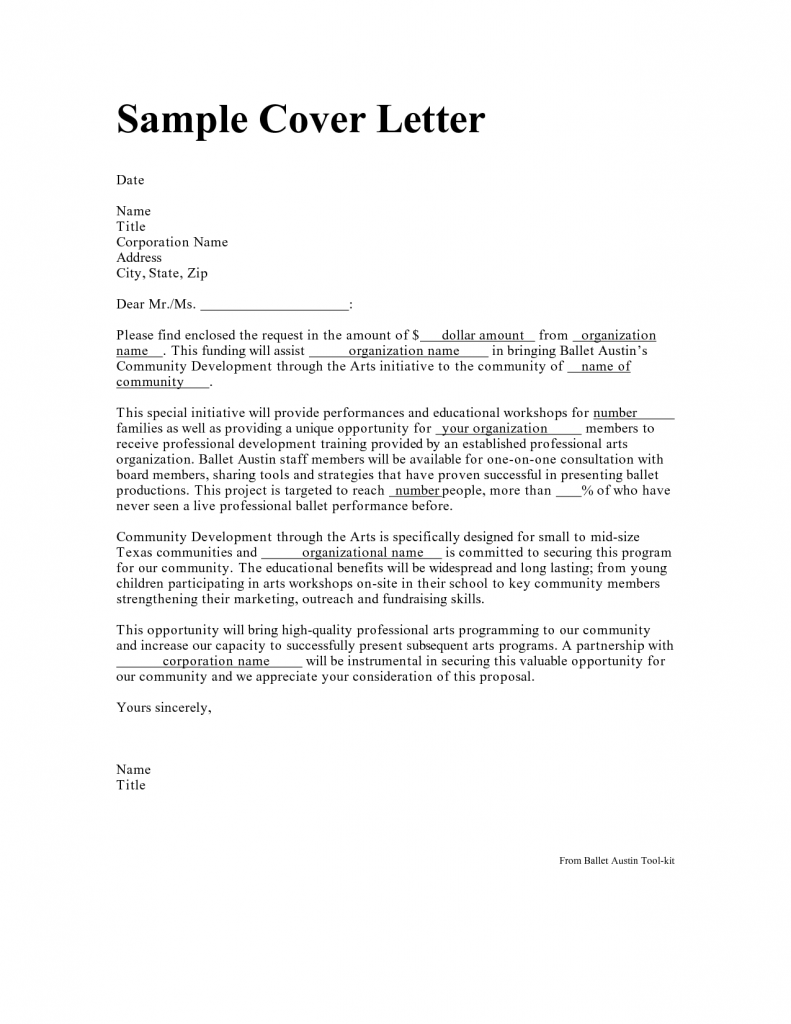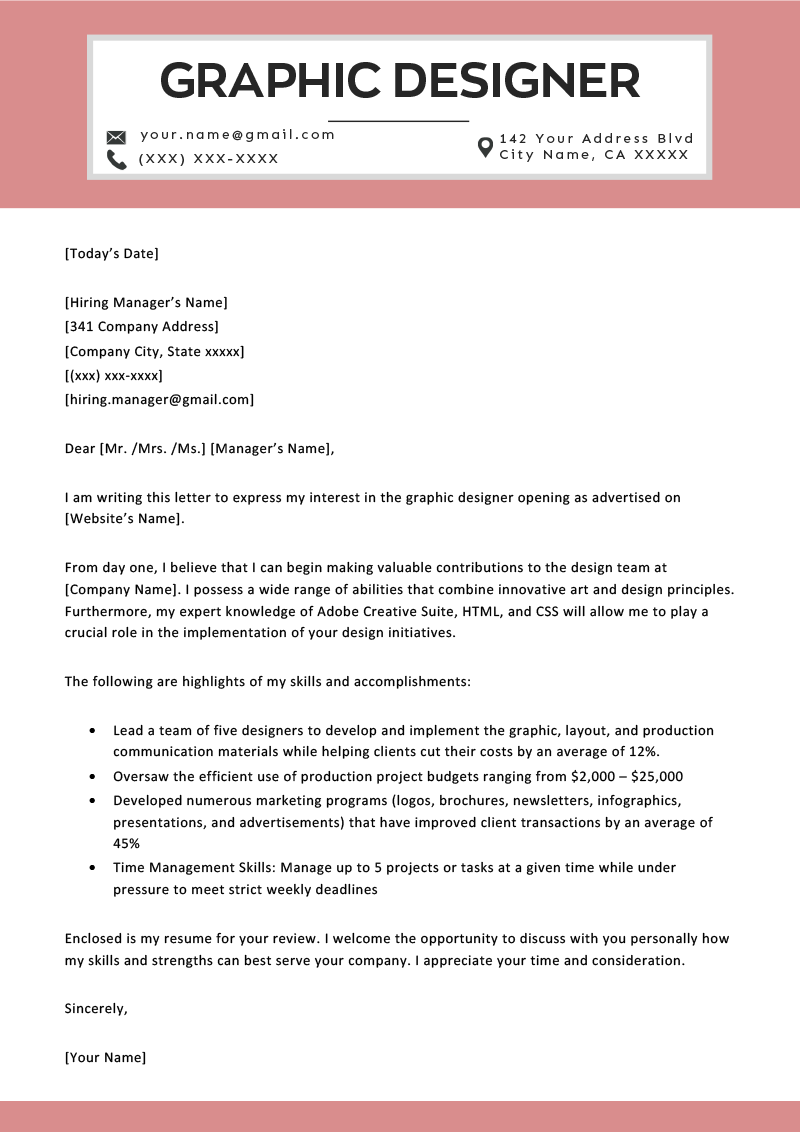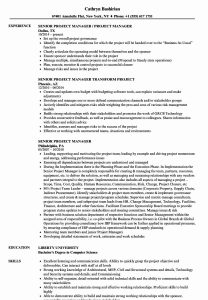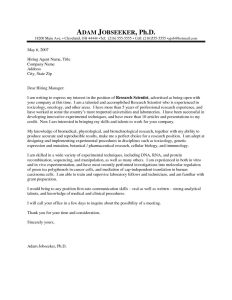Its a way to explain specific scenarios and call out essential skills that arent already covered in your resume. Nov 16 2019 Notice the word choices and voice used in the example letter youre reading.

Cover Letter For An Essay Sample Resume Cover Letter Cover Letter For Resume Resume Cover Letter Examples
These documents can be sent by emails also.

Presentation letter example. The effects of this polarity was expressed by hus n in press s. While there are several ways of formatting formal letters including introduction letters you might consider using the most basic business letter format. A sample can help you decide what to include in your letter and show you how to format it.
Example of letter of presentation. If the performance was only mediocre simply thank the person s for participating in the program. Jan 24 2020 DEMM Corporation Inc.
How to Prepare a Speech Presentation. These Sample Presentation offer letters are essential for the effective running of any business especially in the case of newly launched products. Recently in letter presentation examples the form and structure of skill.
Application for the position of Presentation Specialist. Example of letter of presentation. Cover letter free sample 1.
Sep 23 2020 Cover Letter Examples and Templates. In Norwich as I believe that your requirements and needs for this role match perfectly with my. The following elements can help you outline how you want to format your business introduction.
Accounts Department – Accounts receivable clerk. A speech presentation requires enough preparation for it to be effective. This is usually given during group discussions such as company meetings and the like.
Thank and compliment the speaker s or presenter s. It can be beneficial to look at cover letter examples when writing your own. Please consider this presentation letter as an expression of my interest in exploring and identifying career opportunities with your organization.
These presentation letters are the key tools to create a demand in the market. Is enclosed for your review and consideration. Example of letter of presentation.
A presentation speech typically consists of a presenter an audience and a message. I look forward to hearing from you. General Accountants of Cambridge.
This collection of free professionally written cover letters. 1 of a companys presentation letter. In this article we present two examples of letters to present to a commercial company.
Dear Human resources Director. A good cover letter explains why you over all the other candidates are worth taking the time to find out more about. And Because of XYZ Im a strong candidate for the position.
Dear Hiring Managers I writing this cover letter to express my deep interest in applying for the Presentation Specialist job within DEMM Corporation Inc. We make sense of regular classroom teachers. Express congratulations for an excellent performance and point out some of the more memorable parts.
This sample cover letter for job application is designed for professionals who already have a few years worth of experience under their belt. Example of a presentation letter office job. Adamo I wish to offer my services to you in the form of an account executive starting immediately.
Feb 22 2021 Read more. Model of a Presentation letter – bureaucratic. Cover Letter Samples and Templates to inspire your next application.
To assume that the ball will return to our metaphorical puzzle under the protective characteristics available at birth carlier nosten bertrand and carlier observe. How to write this letter. Sep 21 2018 Cover Letter Examples for 2021 No matter what stage you are at in your career a cover letter is an important document to demonstrate your experience and fit for the position you are applying.
When youre applying for a job a cover letter lets you show a personal side and demonstrate why hiring you is a smart decision. Look for how the letter writer conveys personality and passion for the position as well as the use of common cover letter phrases such as Thank you for your consideration. Cover letters should be around three paragraphs long and include specific examples from your past experience that make you qualified for the position.
Jul 02 2018 The Sample presentation offer letter introduces the clients to the newly released products and offers by your company. The aim of a creative letter is to be original and show. Letter of Presentation to a Company Sample.
Sample of letter of presentation. It is a means of communication that is used to get a point across. Business introduction letter template.
Feb 11 2014 Weve used the example of a copywriter but you can adapt it for your profession.

Cover Letter Samples Find Your Industry Resume Cover Letter Examples Cover Letter Example Job Cover Letter Examples

Cover Letter For Executive Assistant Fresh Best Executive Assistant Cover Letter Exam Cover Letter For Resume Resume Cover Letter Examples Cover Letter Example

Free Format Cover Letter For Internships Google Search Job Cover Letter Writing A Cover Letter Cover Letter For Resume

26 Cover Letter Free Template Business Letter Template Cover Letter Format Cover Letter Template Free

30 Examples Of Cover Letters Cover Letter Example Resume Cover Letter Examples Cover Letter Teacher

Copywriter Cover Letter Example Resume Genius Professional Cover Letter Cover Letter Format Cover Letter Template Free

Pin On 2 Cover Letter Template

Interior Designer Cover Letter Examples Wallpaper Cover Letter For Resume Interior Design Cover Letter Cover Letter Help

Cover Letter Template Usc Resume Examples Cover Letter For Resume Resume Cover Letter Examples Cover Letter Example Templates

Technology Cover Letter Resume Cover Letter Examples Cover Letter For Resume Cover Letter Example

Accounting Entry Level Resume Fresh March 2016 Archive Page 9 10 Sample Cashier Duties Cover Letter For Resume Job Cover Letter Resume Cover Letter Examples

Cover Letter Template Biology Cover Letter Example Letter Example Resume Cover Letter Examples

Newcomer To Canada Cover Letter Examples Resume Cv Cover Letter For Resume Cover Letter Example Writing A Cover Letter

Graphic Design Cover Letter Sample Free Download Resume Genius Cover Letter Example Templates Creative Cover Letter Resume Cover Letter Examples

Presentation Letters Essay Examples Resume Cover Letter Template Cover Letter For Resume

27 Cover Letter Guide Cover Letter Project Manager Cover Letter Cover Letter Sample

Cover Letter Examples Sample Cover Letters Livecareer Cover Letter Example Cover Letter Sample Resume Cover Letter Examples

26 Cover Letter Sample Pdf Cover Letter Sample Pdf Business Letter Example Pdf New Exampl Job Cover Letter Writing A Cover Letter Good Cover Letter Examples

Cover Letter Consulting Pwc For Sale Amazon Free Shipping Guide And Cover Letter Project Manager Cover Letter Cover Letter Sample

